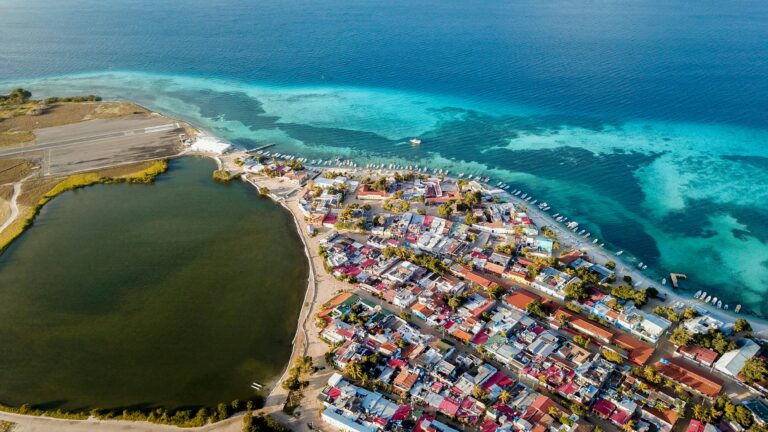When we talk about the most miserable countries in the world, it is crucial to understand that misery can exist in various forms, including economic hardship, political instability, social inequality, and lack of access to basic services. While pinpointing the absolute “most miserable” is complex and subjective, several factors contribute to a nation’s overall sense of well-being or lack thereof.
Here, we delve into some of the countries that often rank lower on happiness and well-being indexes, highlighting the key factors contributing to their perceived misery.
Venezuela
Venezuela has been grappling with a severe economic crisis for years, marked by hyperinflation, scarcity of basic goods, and widespread poverty. The country’s heavy reliance on oil revenues, coupled with mismanagement and corruption, has led to a deepening economic crisis. Basic necessities like food, medicine, and electricity are often in short supply, leading to immense hardship for ordinary citizens. Political unrest and human rights concerns further contribute to the overall sense of misery experienced by many Venezuelans.
Syria
For over a decade, Syria has been involved in a devastating civil war that has claimed hundreds of thousands of lives and displaced millions. The conflict has led to widespread destruction of infrastructure, including hospitals, schools, and homes. Basic services such as healthcare, education, and clean water are severely compromised, increasing the suffering of the population. The ongoing violence, displacement, and lack of prospects for peace contribute significantly to Syria’s status as one of the most miserable countries in the world.
Yemen
Yemen faces a humanitarian catastrophe driven by conflict, food insecurity, and a collapsing economy. The ongoing civil war has resulted in widespread displacement and a lack of access to essential services. Malnutrition rates are among the highest globally, particularly affecting children. The country’s healthcare system is strained, with many facilities damaged or non-operational. The combination of conflict-induced misery and the impact of natural disasters like droughts and floods makes Yemen one of the most challenging places to live.
South Sudan
South Sudan, the world’s youngest nation, has been grappling with the aftermath of a protracted civil war since gaining independence in 2011. The conflict has left deep scars, leading to displacement, food insecurity, and a fragile economy. Access to education and healthcare is limited, particularly in rural areas. Political instability and intercommunal violence further compound the challenges faced by the population, contributing to a sense of misery and uncertainty about the future.
Central African Republic
The Central African Republic (CAR) faces a combination of conflict, humanitarian crises, and governance challenges. Ongoing violence between armed groups has led to widespread displacement and human rights abuses. Access to basic services such as healthcare and education is limited, particularly outside major urban centres. The country’s economy is fragile, relying heavily on agriculture and vulnerable to external shocks. These factors contribute to CAR’s ranking among the most miserable countries globally.
The concept of misery in countries is multifaceted, encompassing economic, social, political, and humanitarian dimensions. While the countries mentioned above face significant challenges, it is essential to recognise the resilience and strength of their populations in the face of adversity.
International efforts to address root causes of misery, including conflict resolution, humanitarian aid, and sustainable development, help in alleviating suffering and improving the well-being of vulnerable communities around the world.


